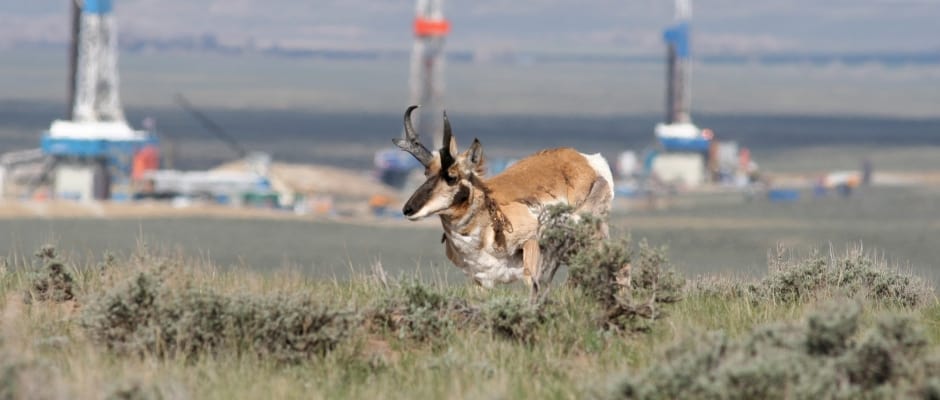Share this article
The Impacts of Energy Development on Wildlife
TWS members can now access the most current science and management strategies regarding energy development through three new fact sheets. The Arctic National Wildlife Refuge, Impacts of Wind Energy Development on Wildlife, and Oil and Gas Development in the Rocky Mountain Region fact sheets were developed and released by the Society to inform wildlife professionals, decision-makers, and the general public on the potential impacts of energy development on wildlife resources.
The Arctic National Wildlife Refuge fact sheet details potential impacts of oil and gas development in the Alaska-based refuge. The 1002 Area of the refuge may contain substantial amounts of oil and gas, but is also of vital importance to many wildlife species.
The Oil and Gas Development in the Rocky Mountain Region fact sheet also provides information on oil and gas development, but in a different area of the U.S. Unlike in the Arctic National Wildlife Refuge, oil and gas development has boomed in the Rocky Mountain region since the 1970s. This development has impacted wildlife through displacement, reduced recruitment, and mortality.
The Impacts of Wind Energy Development on Wildlife informs members on one of the new renewable energy options available to replace traditional oil and gas energy sources. Wind energy, although renewable, can impact wildlife, through collisions and habitat degradation.
These energy development fact sheets, along with other policy resources, can be accessed at wildlife.org/policy.
Header Image: Image Credit: Theo Stein, USFWS








